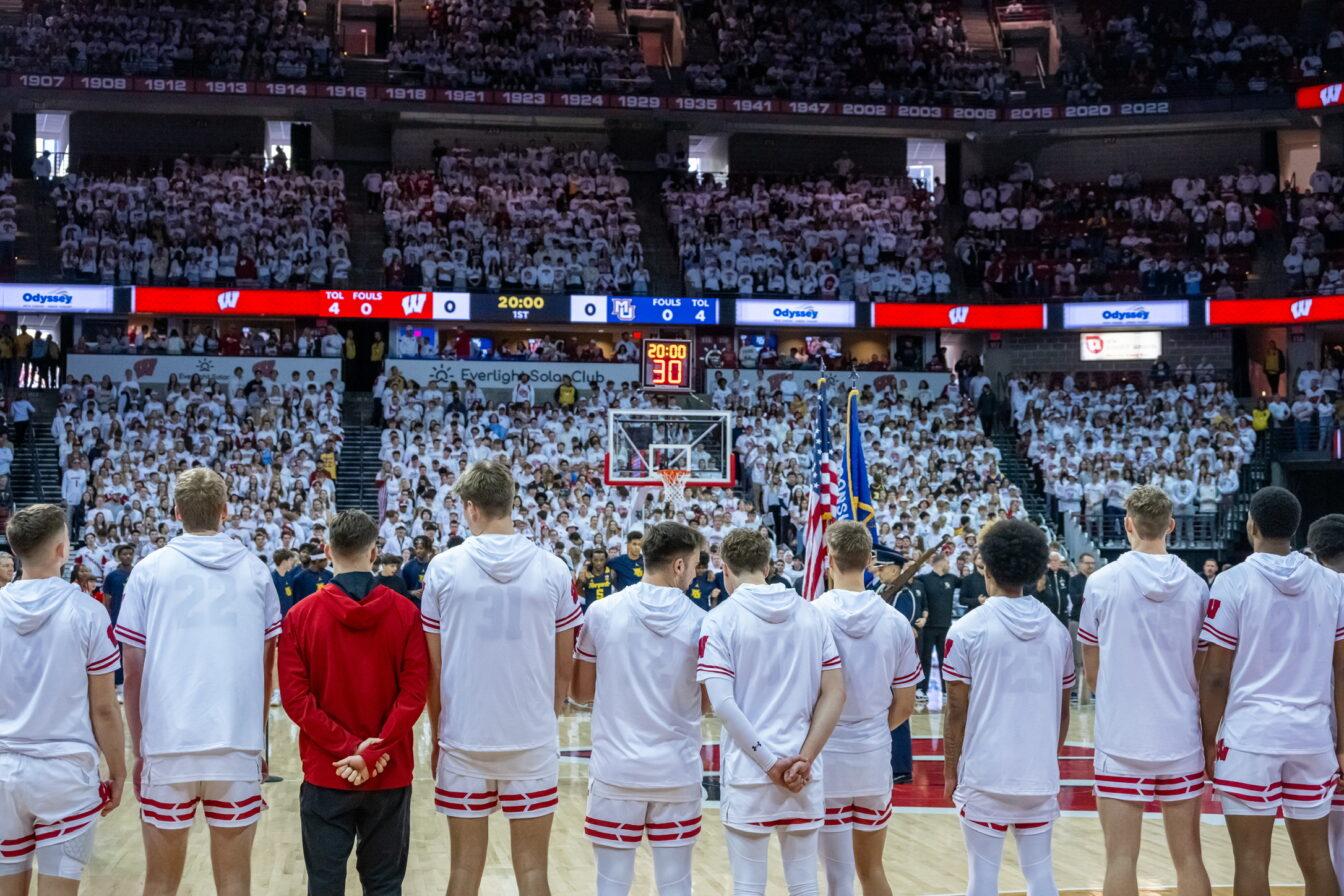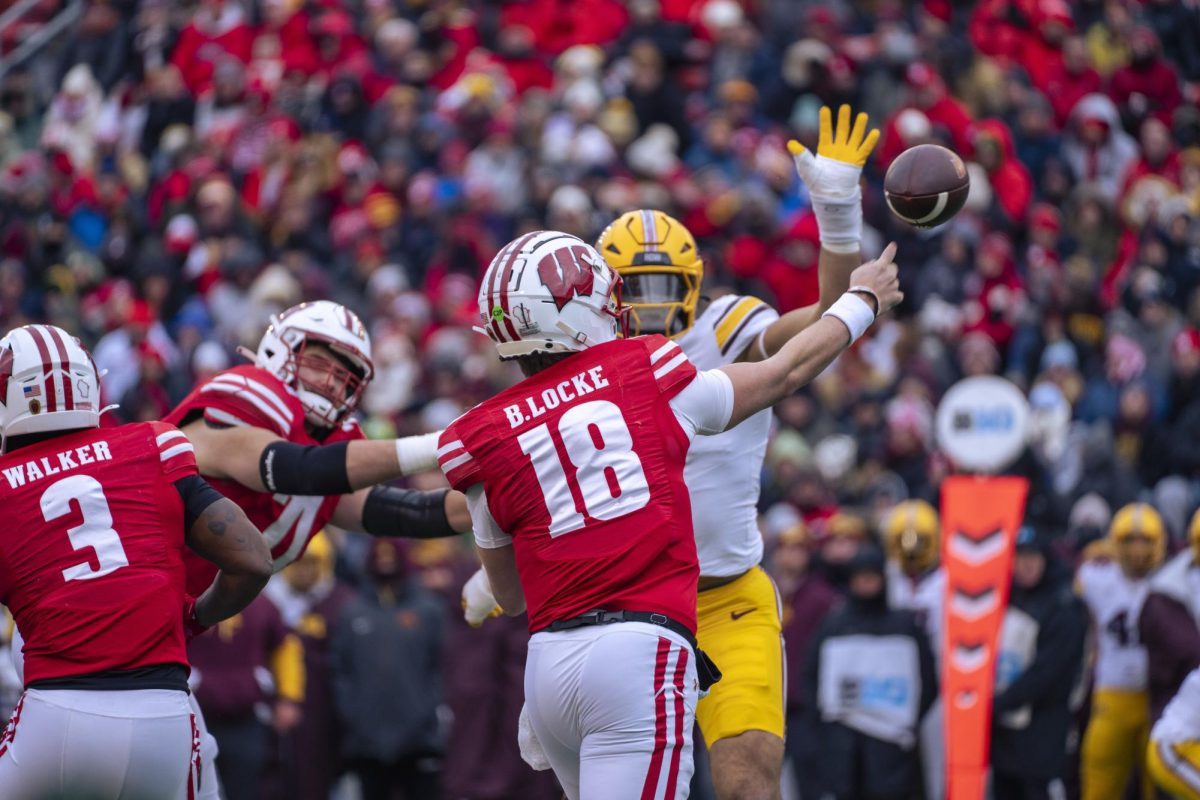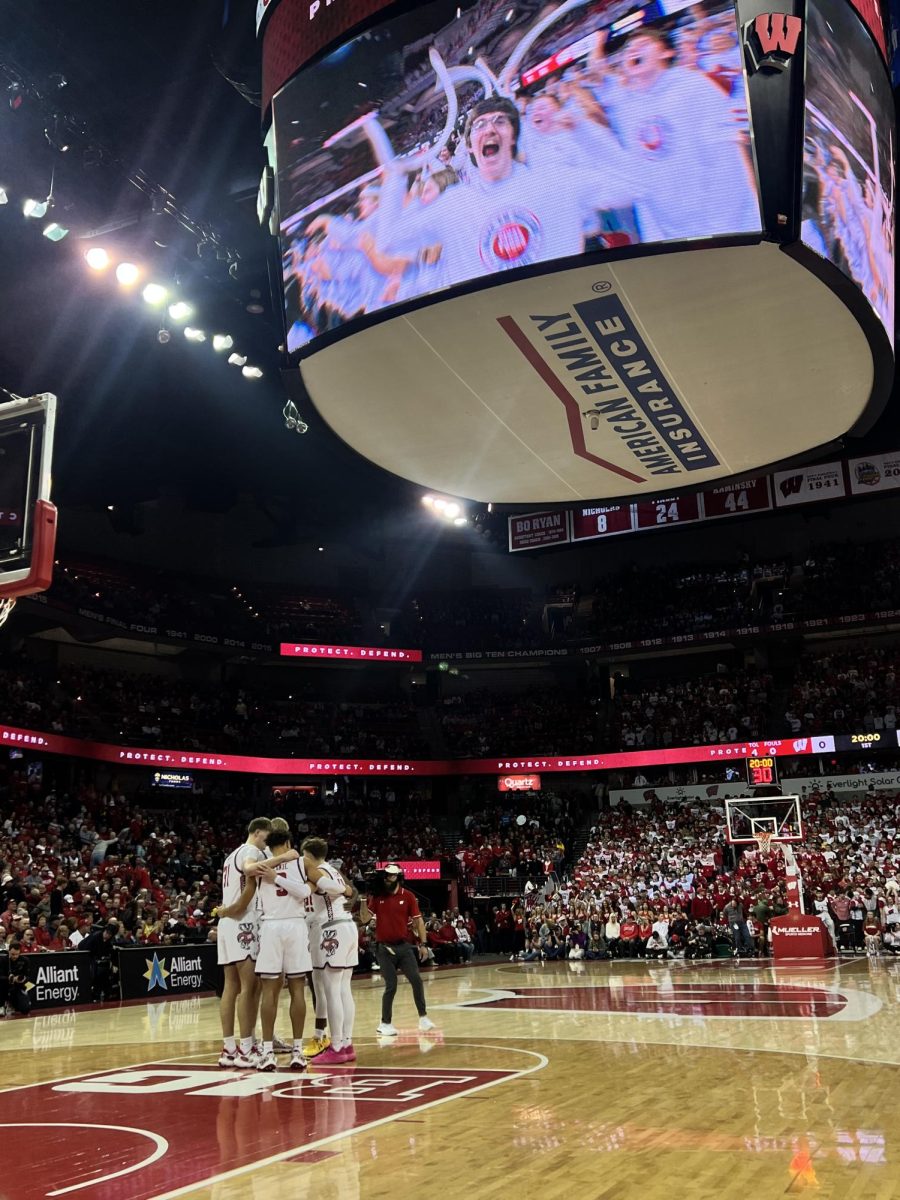First built in 1909, the Texas A&M bonfire symbolizes the university’s “burning desire” to defeat the University of Texas in their annual football game. The burning came to an end Nov. 18, 1999, when the 59-foot tower of logs collapsed, killing 12 A&M students.
Now, four years later, some students believe the time is right to revive the tradition. Others believe more needs to be done before the tradition can make a full return.
“I do support [the bonfire]. I have done a bonfire before and it’s really a cool thing,” said Texas A&M student Jonathan Steed. “Whenever you work with people in such a hard way to build something like that, it means something. It’s more than just a stack of burning logs — it’s something a lot of people have worked hard for; it’s the spirit of Texas A&M. At the same time, I think there are a lot of things that were done the wrong way when we had it that need to be reformed.”
And reform is what happened. A commission selected to investigate the causes for the tower’s collapse. The commission released its findings May 2, 2000.
There were two primary reasons why the towers collapsed.
“Excessive internal stresses caused by aggressive wedging of the second stack of logs into the first stack,” the report stated. “The second was inadequate containment strength. The wiring used to tie the logs together provided insufficient binding strength. Also, steel cables that in recent years had been wrapped around the first stack of logs were not used in 1999.”
“In the aftermath of the commission that sought to discover how the tower collapsed, two of the key recommendations that came out of there was that it needed to be designed by an engineer and a safety plan would need to be implemented during all phases of the construction,” said Cynthia Lawson, director of University Relations at Texas A&M.
The need for an engineering firm to oversee the entire process has been one point hindering the revival.
“These firms do not want to be held liable should anytime in the future the plans [not] work out,” Lawson said.
Lawson said many people believe the university has cut the lifeline on any future bonfire being held. However, she said those people have misinterpreted the university’s stance.
“The bonfire tradition has never ceased,” Lawson said. “The actual bonfire itself has been put on hold. No one has said there will never be another bonfire or to heck with the tradition.”
In fact, in the years following the 1999 collapse, a number of students have taken the bonfire off campus.
“There are some renegade bonfires being done off campus,” Steed said. “Certain alumni are giving their land to do one. There was one or two last year and one this year, but neither are conducted by the university.”
The university continued to discourage students from attending the private bonfires in the name of safety.
“Are they being built by engineers? Are they being overseen by people in the construction trade? Are safety concerns being taken into account to minimize risks?” Lawson said. “As such, the university is discouraging students from participating in it. We clearly don’t want to see any students injured.”
Lawson said the university is urging its student leaders in particular not to attend.
“We won’t have our football players there. We won’t have our yell leaders there. We won’t have our university band there,” Lawson said. “We’ve talked to our student leaders about not attending because it is very difficult in their student leadership position to not really be representing the university all the time. We don’t want any inference or any way where it seems the university is condoning this.”
Lawson said the low turnout at the “renegade bonfires” is a sign students are listening.
“Aggies will do the right thing and not be supportive of these attempts and focus more on devising alternatives to the bonfire,” Lawson said.
She added, “There is no reason not to have another bonfire. It’s just that certain conditions need to be met so that another tragedy like this never visits our campus again.”







